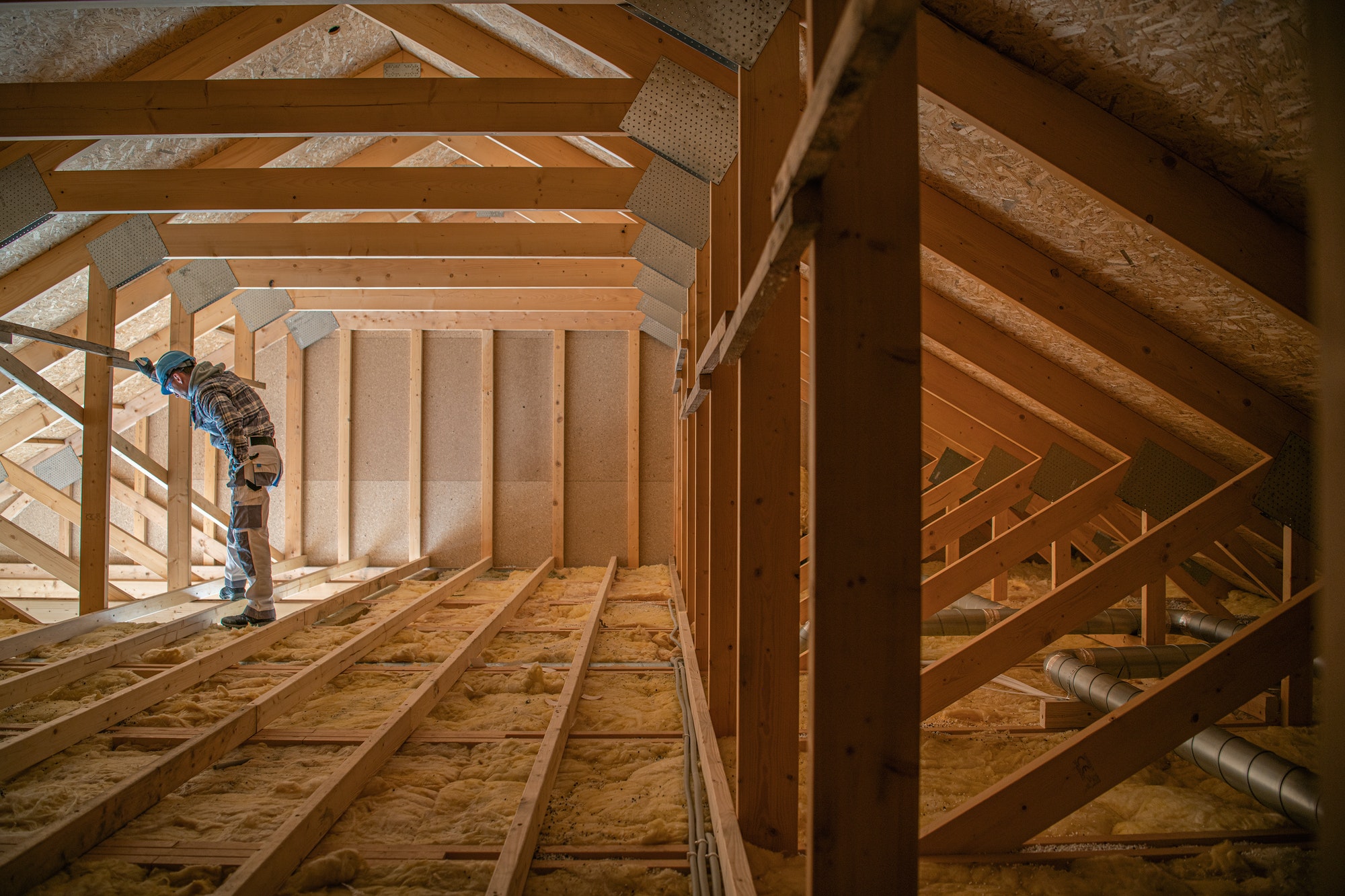There are millions of accidents on construction sites every year, with thousands of those accidents resulting in death. What’s heartbreaking is that the outcome was preventable in many of these cases. While you can never prevent every single accident that might occur on a construction site, you can take steps to avoid many of them. Good safety practices make for better safety outcomes. So here is construction safety 101: the top safety tips you need to know.
Use the Right Equipment
Safety equipment exists for a reason. That is because certain situations can be made safer, and the right equipment can help achieve that. For example, no construction worker should be walking around on-site without a helmet. There may be falling debris, or you could trip and hit your head on the ground, the corner of an installment, or a tool that’s been left out. When working with heights, ensure that your harness and other safety gear are firmly in place according to safety standards. Follow all guidelines for your job sites when it comes to your gear.
Proper Lifting
When working on a construction site, there are many situations when you might have to lift heavy things. Your tools and materials are heavy, and you may have to hold items in place while others affix them. Proper lifting is essential; otherwise, you could injure your back or strain your muscles and joints. In addition, if you pull something while lifting, you may drop the object, which could be dangerous to you or anyone else helping you or nearby. Make sure you follow all guidelines for safe lifting, including lifting with your legs and not your back. This will help prevent fatigue and muscle strain and keep your spine and back muscles strong.
Safety Training
Of course, it’s hard to follow safety standards and techniques if you don’t know what they are. Therefore, comprehensive training should be mandatory for every employee on a construction site. This way, everyone will understand their responsibilities and how they should act in every possible situation. Getting training will not just provide knowledge, but it will also help with buy-in. It’s one thing to tell your workers to be safe, but it’s another to show them how to be safe and explain why it’s important.
Respect For Heavy Equipment
There is always the possibility of heavy equipment on a job site. There could be forklifts, loaders, cranes, plows, and vehicles. No piece of heavy equipment should be operated by someone who is not trained and certified for it. Heavy equipment should be given a wide berth to avoid accidents and operator error. Even harmless things, such as self dumping hoppers, can still be a safety hazard. If you reach into one to adjust the load, your hand could get stuck, for example. Use all equipment per the guidelines, and ensure that if you are not needed to be, stay far away.
Clean Up After Yourself
When you are finished with a tool or a piece of material, pick it up and put it away. Even if you use that tool again in a couple of hours, it could still pose a safety risk. Unattended tools can be tripped on or even powered on by accident. Putting away your equipment only takes a few seconds; taking that time could save a life. If it’s a tool that cannot be put away so easily, then make sure that you put up a sign or some other indication that it is not in use and that everyone should take care.
Avoid Bad Weather
It can be hard when there is the pressure of deadlines, budget, and having something ready for another worker or contractor. However, if you can, avoid working in bad weather. It makes everything that much more complex and unsafe. For example, in the winter, the ground could ice up in certain spots, which will create a slipping hazard. In addition, high winds can make working from heights difficult or cause materials to break loose and possibly hit someone. Yes, you may be unable to avoid working in bad weather in some situations, but if you can, it’s well worth the delay to prevent someone from getting hurt.
Conduct Regular Meetings and Updates
Everyone should be on the same page when it comes to safety. Before a job starts, inspect the site to check for any potential safety threats. You can then meet as a team to discuss them and remind everyone of the appropriate steps to avoid those hazards. Plus, as the job goes on, everyone should be reminding each other about safety steps and checks so that nothing is missed. It does not hurt to have regular safety meetings to ensure that everyone is diligent.
Report Any Hazards
As you work on your job site, keep an eye out for any safety hazards that were missed at first or that arose during the job. If you spot something, notify your supervisor immediately. If you wait too long, someone could end up being a victim in the meantime. Your supervisor should then take any necessary steps to remove the hazards or give appropriate warnings about their existence.
The construction industry is constantly evolving, so safety should evolve as well. However, some time-honored safety tips should continue to be relevant for many years. Follow all of these tips with your team to ensure that your job sites are as safe as possible.
Discover more from Futurist Architecture
Subscribe to get the latest posts sent to your email.




